Hidden Neighborhood on the Hill
Bombay can be extremely noisy, crowded, and inhospitable at times. But, at other times, you stumble across these tranquil little neighborhoods. One such place is Walkeshwar. Adjacent to glitzy high-rise apartments and old-money bungalows, Walkeshwar is a fisherman’s village on the top of tony Malabar Hill. There, the stone houses are incredibly modest, the alleys are shoulder-width, and the families are probably packed two to three to a home. But there’s also this serenity that, to me, evoked a bit of dead-end lanes in Venice during medieval days. There was a meditative stillness.
The central focus of Walkeshwar is Banganga Tank, a large pool that is said to have evolved when Ram, searching for water, shot an arrow into the earth. The resulting trickle created this “tank,” which is considered holy to Hindus. It is used for funereal rites and, during the sweltering Bombay days, also makes a great swimming hole for the locals.
I didn’t so much stumble upon Walkeshwar/Banganga as seek it out. Anthony had visited there some months before when I was down with jaundice. And, a few friends had also told me about it. As the monsoon was quickly approaching – and another out-of-towner was looking to do some sightseeing – we went there last Saturday.
First, we approached the tank, walking around the stairs that line its rim. Loud “hare krishna” music was playing on repeat from a scratchy sound system, and the music carried across the tank. The sun was coming in sideways – it was one of the hotter days of the summer, probably approaching 95 Fahrenheit – but a Sadhu, donning a dishtowel loin cloth, was bearing the heat, slightly shaded under a tree. He was pretty cool and appeared to have very excellent posture while seated in lotus pose, but wanted money for a photo so I didn’t get one. I’m quite sure he had smoked some ganja just before we saw him.
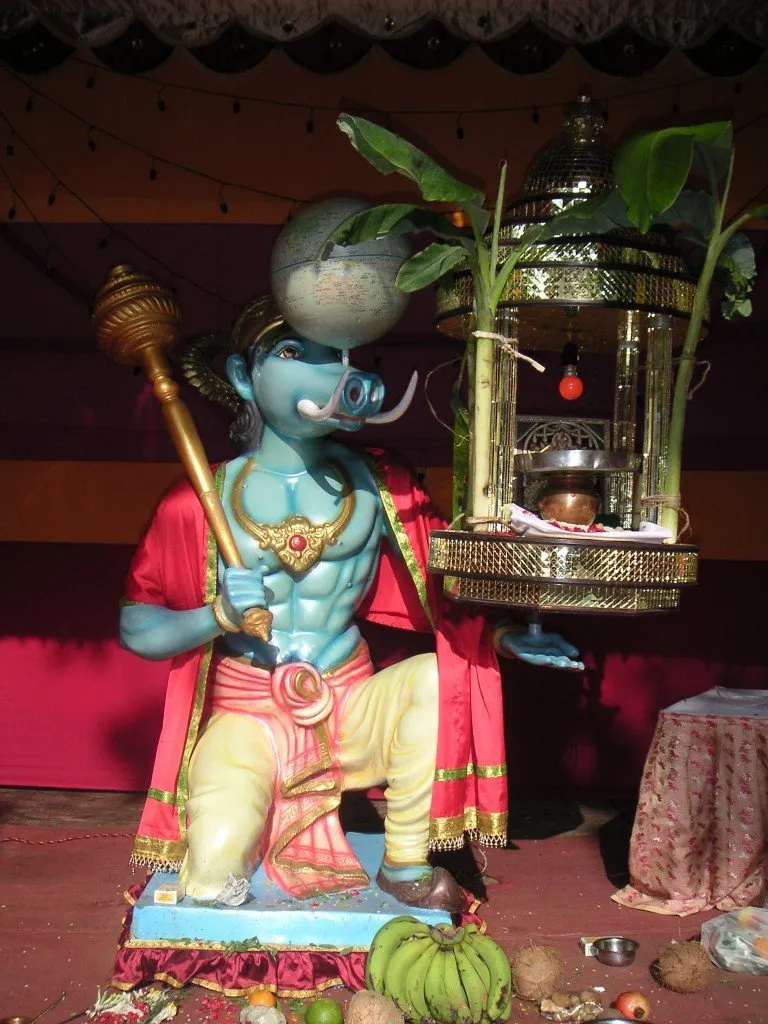 Just beyond the Sadhu was the source of the music. A family or community had set up a large exhibit-offering in honor of the life/death of a relative. Young children were manning the Vishnu-as-boar-with-a-spinning-globe-on-his-snout “float,” and gave my friend and me each spoonful of curd and a cardamom sweet.
Just beyond the Sadhu was the source of the music. A family or community had set up a large exhibit-offering in honor of the life/death of a relative. Young children were manning the Vishnu-as-boar-with-a-spinning-globe-on-his-snout “float,” and gave my friend and me each spoonful of curd and a cardamom sweet.
Past the religious offerings, the wide-open space narrowed to tiny alleys. As we walked down the lanes, we could see straight through the homes and out towards the Arabian Sea. It seems that Walkeshwar has some of the best real estate in the city, with stunning views. Unfortunately, some of the comforts that have arrived in the high-rises are still far from reach for Walkeshwar’s residents.
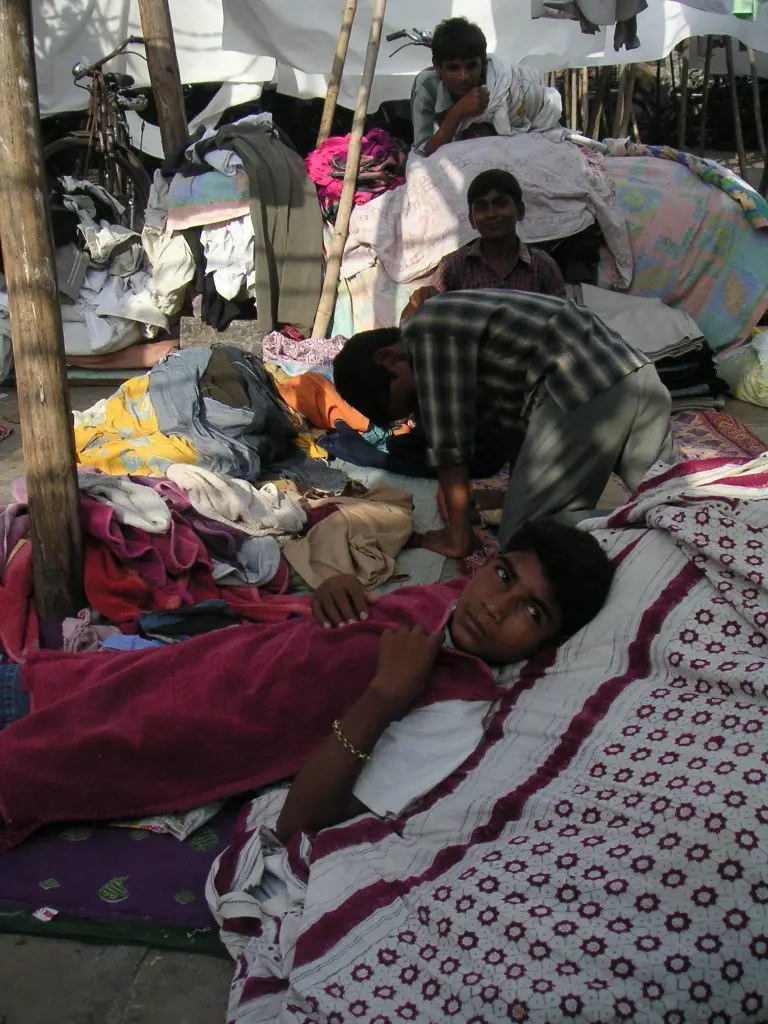
We wandered through the alleys and over to the outdoor laundry. The operation looked akin to the Dhobi Ghats – the world’s biggest outdoor laundry – but on a slightly smaller scale. It appeared that most of the day’s washing for the entire neighborhood (probably hundreds, maybe 1000 people) had been done, as only one or two men were at work dunking the clothes in the wash basins. The wringing out of water was done with a hand crank, but we didn’t see any of these in action. Mounds and mounds of clothes were sun-drying on the tin roofs, while items that needed to be quick-dried – e.g., school uniforms – were turned inside-out and fastened on wide, double-rope clotheslines. Dried clothes were given to young boys, who sat downwind of the clothesline breeze and folded shirts and pants to perfection. Despite the seemingly hard work, the launderers (dhobis) seemed quite relaxed and playful. The boys joked around with us as they dug into another pile of plaids.
What struck me was how eager the people in the neighborhood were for us to take their pictures. Kids emerged, yelling “Hello, Didi!” (Hello Big Sister) and posed for us at every turn. Whole families and even women with their children asked to have their photos taken, then clamoured around us to see the captured digital image. They were much more forthcoming than the Sadhu.
I got this feeling that perhaps the Walkeshwarites wanted to document their existence. I vaguely remember that shortly after the tsunami, a writer who was in Tamil Nadu experienced dozens of people approaching him to write down their names. As people had lost all of their passports, birth certificates, school awards, etc., they largely felt as if they no longer existed unless their names, addresses, and birth dates were written down somewhere – anywhere. Well, I didn’t get the names of the people that I met in Walkeshwar last Saturday. But perhaps posting some of their pictures will keep their spirits alive.


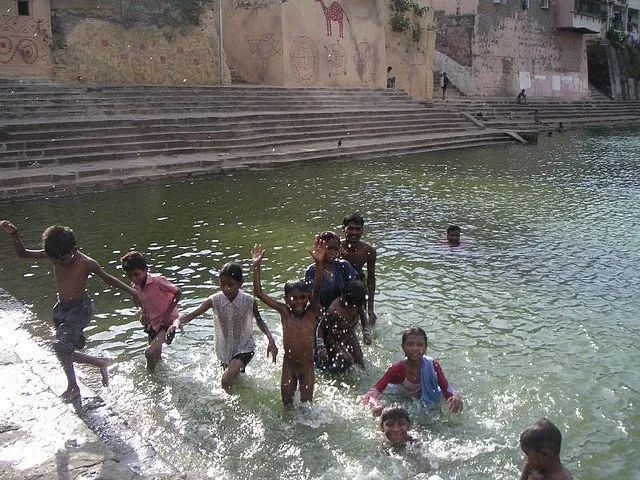
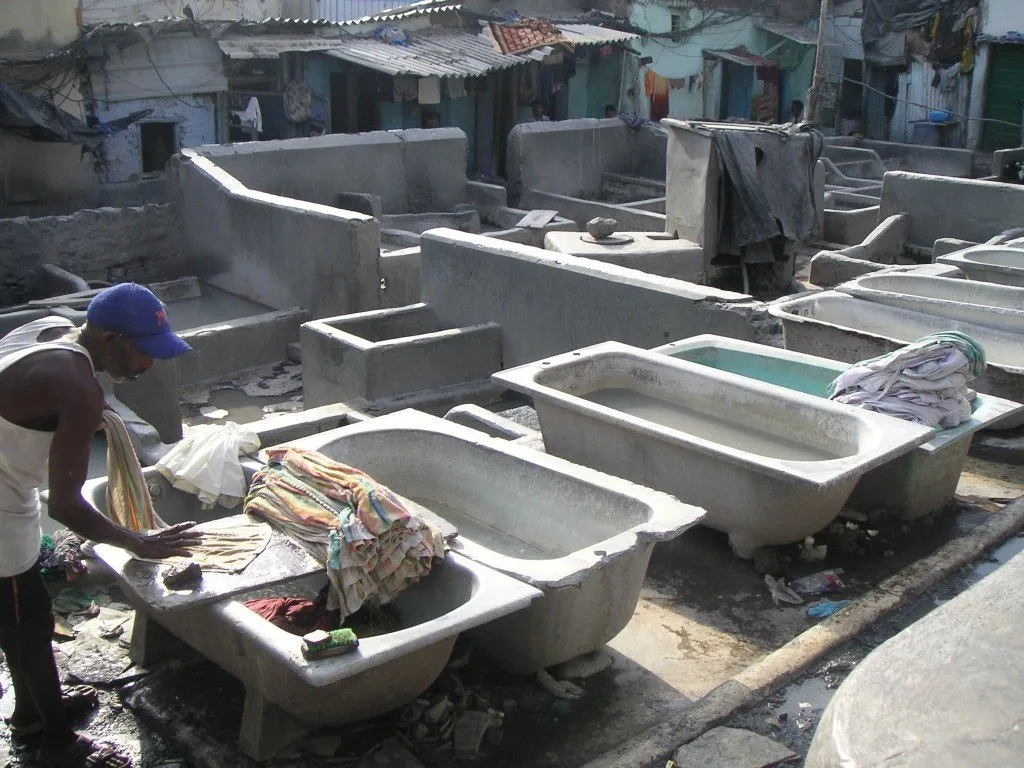

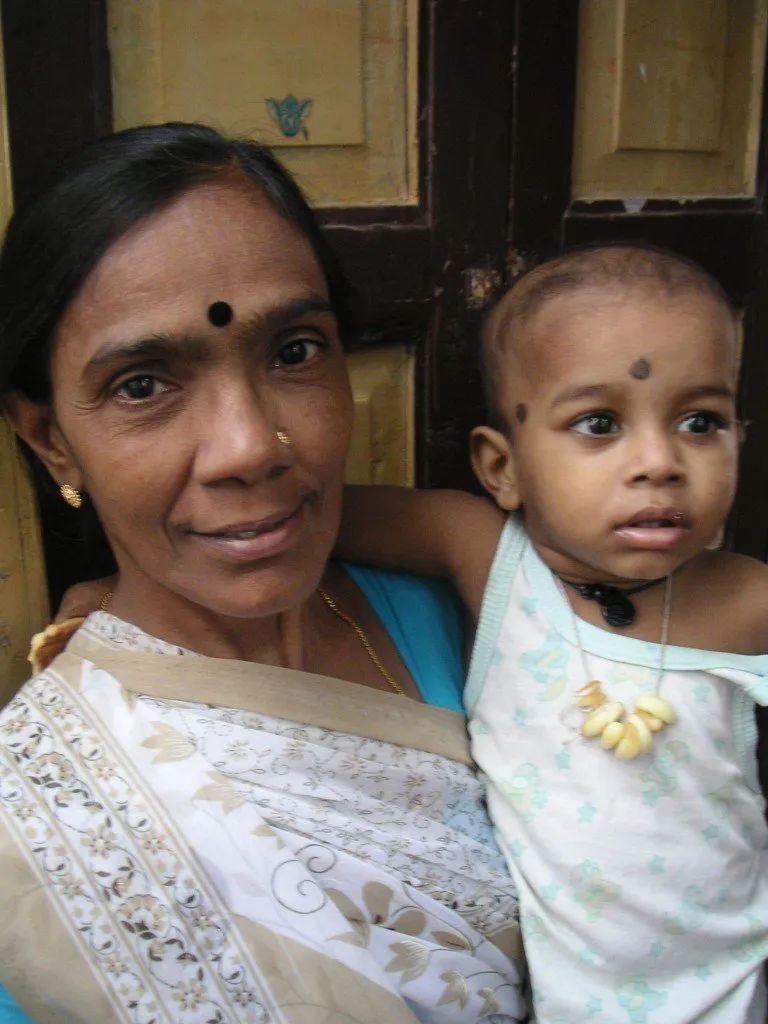
Hello Mel,
I’ve been going through blogs of many tourists and visitors to india recently. surely, india provides a variety of cultural colors to describe them in words. This is a nation of exceptions, contradictions, struggles and compromises. I’m a chemical engineer working for a publishing software IT company based in Chandigarh (North India). This city is well designed and planned by a swiss archetect and has its picture inscribed on swiss 5 franc currency note. Would you like to take a shot at visiting this city and for once get a glimpse of normal, stenchless and clean environs that exist in india!
i’ll be glad to assist you.
regards,
sanjeev
91-981-555-8214
Chandigarh is on my list, Sanjeev. I hope I have a chance to go there.